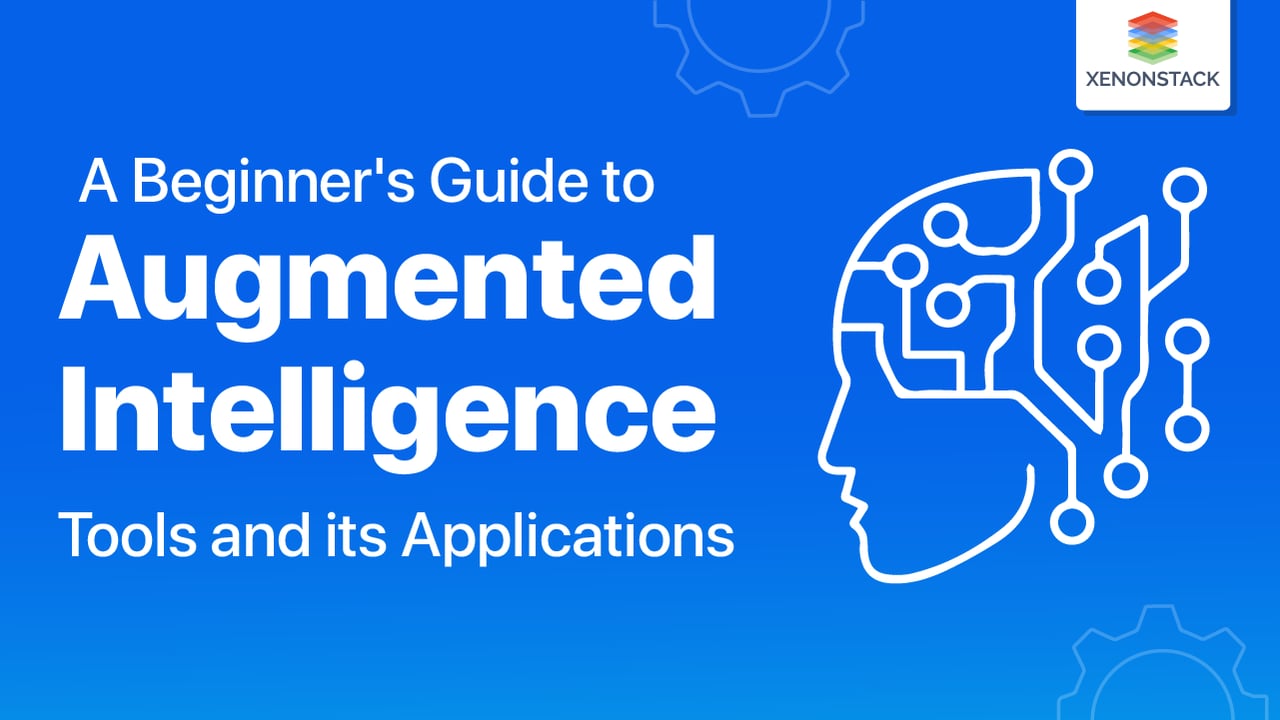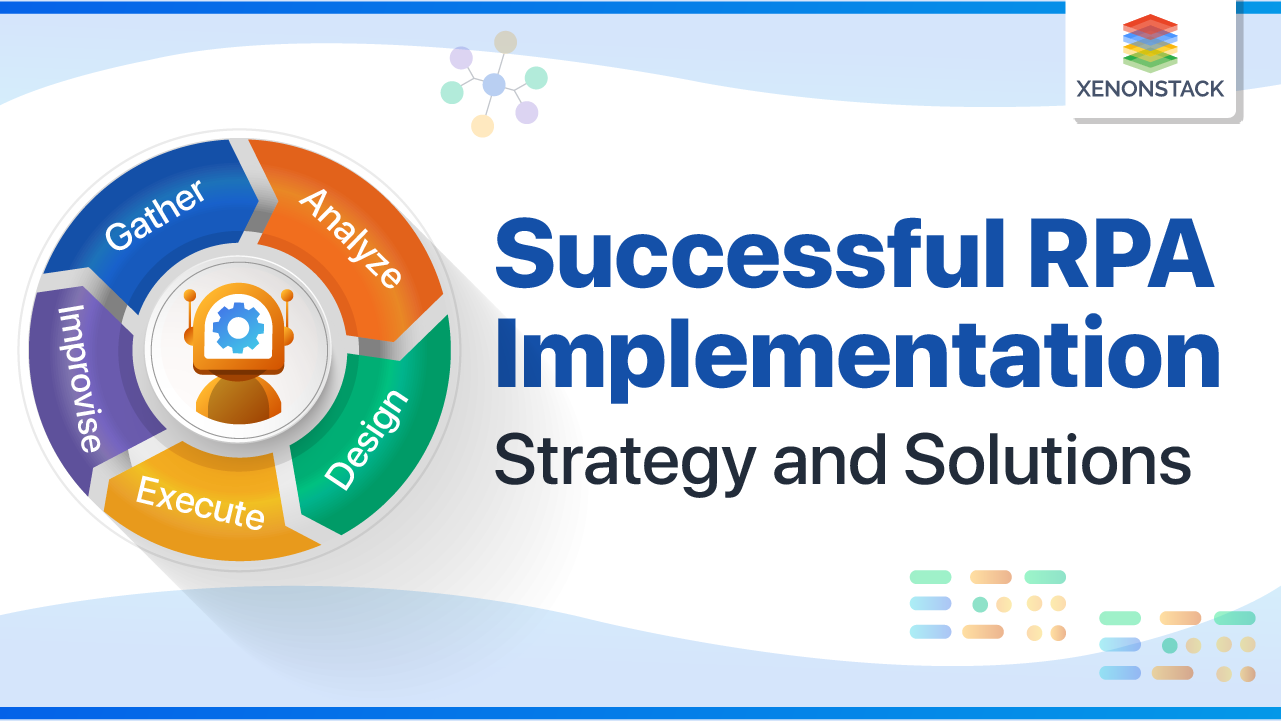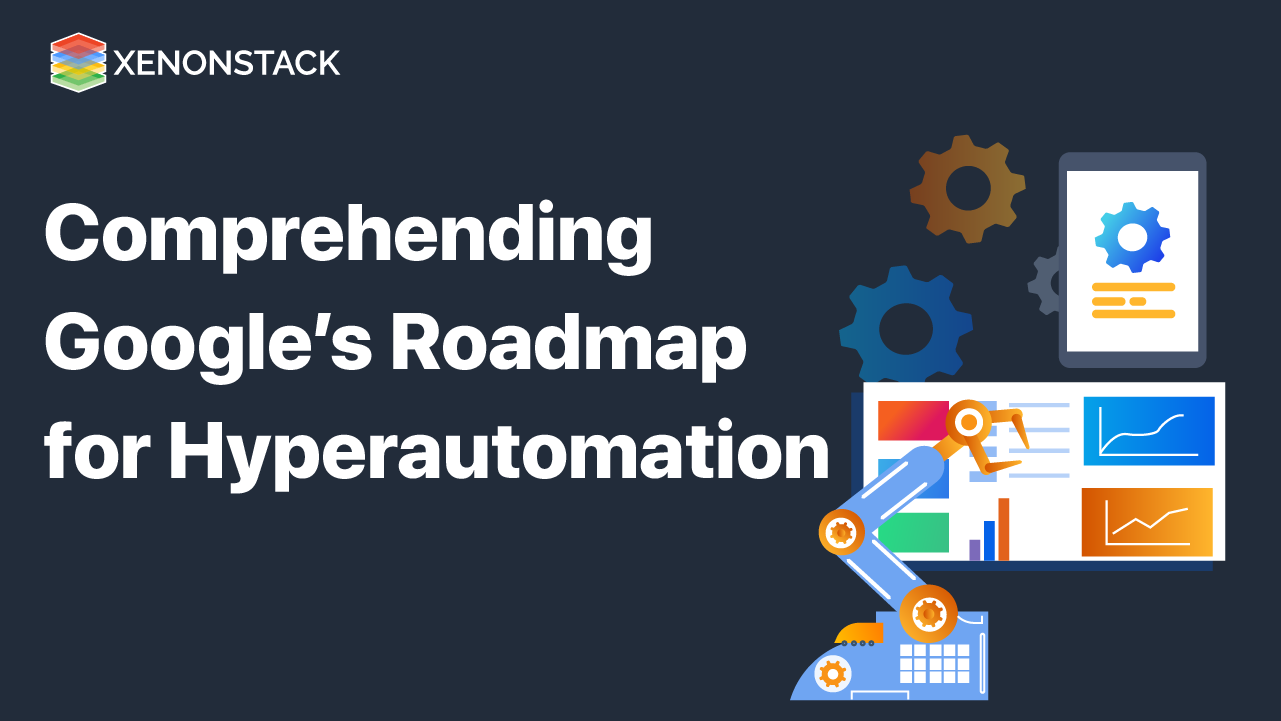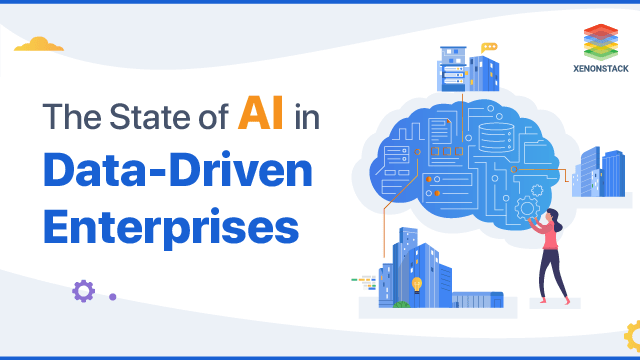
Understanding Augmented Intelligence
Artificial intelligence (AI) is becoming ubiquitous in contemporary companies. Big data and sophisticated algorithms are on the rise, and AI can completely change how companies function and engage with their customers. However, augmented intelligence, a novel approach to AI, is becoming increasingly popular. Aside from enhancing human intelligence and decision-making abilities, augmented intelligence differs from regular AI because it is not intended to replace human judgment. While some AI systems are designed to function independently, one of the most beneficial types of AI, augmented intelligence, combines machine learning and predictive analytics of data sets to supplement rather than replace human intelligence.
The use of artificial intelligence emphasizes how AI helps to improve and enhance human intelligence and decision-making. The phrase refers to a collaboration between humans and artificial intelligence that seeks to enhance rather than replace human labor.
AI is the reproduction of intelligent human processes, especially machines, and computer systems. Taken From Article, Artificial Intelligence Adoption Best Practices
Gary Kasparov started investigating the interactions between people and computers and how each could affect a game's outcome after losing against IBM's chess-playing computer, Deep Blue. Kasparov devised a competition to ascertain which grouping of pure humans, solely computers, or a combination of humans and computers, would produce the best outcomes. Numerous games were played.
All opponents, including the best computer-only and human-only teams, were routinely defeated by human teams that used computer help.
According to Kasparov, the surprise happened at the event's end. It was discovered that the winners were two amateur American chess players utilizing three computers simultaneously, not a grandmaster using a state-of-the-art computer. In general, teams with weaker human players who use superior computers perform better than teams with stronger human players who use inferior computing. This illustrates how improved outcomes may be achieved by combining a computer's speed and processing power with a human's interpretive talents. This is the essence of augmented intelligence: computer algorithms assist in putting the human end user in the best possible position to make a wise choice.
How does Augmented Intelligence work?
Augmented intelligence combines human and artificial intelligence (AI) technologies to improve decision-making processes. In augmented intelligence, AI algorithms and systems evaluate data, spot trends, and offer pertinent insights and suggestions to assist human decision-makers.
The specifics of how augmented intelligence operates can change based on the technology used and the issue it intends to address. A recommender system might employ machine learning algorithms to evaluate user behaviour and provide individualized recommendations. In contrast, a virtual assistant might use natural language processing to comprehend and respond to voice or text commands.
In general, augmented intelligence systems work alongside human users, giving them extra knowledge, perspective, and assistance to aid decision-making. Augmented intelligence, which combines the best aspects of human and machine intelligence, can significantly enhance our capacity for problem-solving and decision-making.
Intelligence Augmentation technology works to help people improve their intelligence and decision-making abilities. Taken From Article, Augmented Intelligence vs Artificial Intelligence
What is Augmented Intelligence used for?
Augmented intelligence improves human capacities by offering extra assistance or knowledge to help people make better judgments. Healthcare, banking, customer service, and education are just a few industries in which this technology helps increase productivity, accuracy, and efficiency. Artificial intelligence-powered tools like chatbots, virtual assistants, and recommender systems can all be used to apply augmented intelligence.
Additionally, technology can automate repetitive, time-consuming, or skill-intensive processes, freeing human workers to concentrate on more challenging and strategic jobs. Providing a digital trail of the decision-making process and its results also enhances transparency and accountability. Aside from that, augmented intelligence may assist businesses in processing and analyzing massive volumes of data, finding patterns and trends, and making better business decisions. By offering assistance and insights that can improve outcomes for both individuals and companies, augmented intelligence has the potential to fundamentally alter the way we work and live.
Augmented Intelligence: Deeper Insights and Decision Making with AI
As it may assist businesses in successfully managing and making sense of the enormous volumes of data they generate and gather, augmented intelligence solves the big-data dilemma. Organizations now have to deal with an ever-growing volume of data that might be challenging to process and evaluate efficiently due to the advent of digitization.
Augmented intelligence offers a solution by empowering businesses to use artificial intelligence (AI) technologies to handle and analyze massive amounts of data quickly. AI systems can find links and patterns in data, produce forecasts and insights, and offer advice to human decision-makers.
Augmented intelligence can assist enterprises in managing their big data challenges by giving them a more effective and efficient means of processing and evaluating the data they receive. This can result in better decision-making, increased operational effectiveness, and a more decisive competitive edge.
Augmented Intelligence Tools
Many tools can be used to implement augmented intelligence, including:
- Algorithms for Machine Learning: These algorithms can analyze vast volumes of data and spot relationships and patterns that lead to insightful advice.
- NLP technology can make chatbots, virtual assistants, and other AI-powered systems interact with users in a human-like way.
- Systems that provide Recommendations: These systems can assess user behaviour using machine learning algorithms and tailor recommendations based on that data.
- Systems for Supporting Decisions: These systems can employ data and machine learning algorithms to offer recommendations and pertinent information to support the decision-making processes.
- AI Agents: AI Agents can automate customer service conversations and offer simple, quick answers to customer questions.
- Agentic Process Automation (APA): Agentic AI can automate repetitive and time-consuming tasks, freeing human workers to focus on more strategic tasks.
- Predictive Analytics: These tools can use machine learning algorithms and statistical methods to analyze data and generate predictions about future events or trends.
These are just a few tools for implementing augmented intelligence. The specific tools used will depend on the problem being solved and the organization's requirements.
Difference between Artificial and Augmented intelligence
Though they share similarities, some significant differences exist between artificial intelligence (AI) and augmented intelligence.
Artificial intelligence (AI) refers to the creation of computer systems capable of activities that ordinarily require human intelligence, such as speech recognition, decision-making, and language translation. AI systems can work autonomously or under supervision and make judgments based on the information given to them.
Compared to replacing human intelligence, augmented intelligence uses AI technology to improve it. Systems with enhanced intelligence give human decision-makers extra assistance and information, enabling them to make more educated choices. Instead of replacing humans, augmented intelligence aims to collaborate with them and enhance their capabilities.
Another significant distinction between artificial intelligence (AI) and augmented intelligence is that. In contrast, augmented intelligence systems are often designed to cooperate with humans, and AI systems are typically designed to operate independently, without human interaction. This means that whereas enhanced intelligence systems evaluate human preferences and values and give recommendations to assist human decision-making, artificial intelligence systems may make decisions without doing so.
Augmented intelligence systems can use the knowledge and experience of human decision-makers to go beyond the limits that AI systems may have due to the calibre of the data and algorithms they are built on. As a result, augmented intelligence systems can be more efficient and dependable in complex and dynamic contexts than AI systems.
BI systems offer prescriptive and predictive analytics, machine learning capabilities, and cloud-based solutions. Taken From Article, Business Intelligence in ERP
Augmented Intelligence Applications
There are numerous uses for augmented intelligence in numerous fields, including:
- Healthcare: Augmented intelligence can help medical personnel diagnose and treat patients by providing real-time information and recommendations based on a patient's medical history and present condition.
- Customer Service: Using chatbots or virtual assistants to give customers prompt, correct answers to their questions, augmented intelligence can improve customer service.
- Finance: Augmented intelligence can improve financial decision-making by providing real-time insights and forecasts about market trends, risk management, and investment opportunities.
- Retail: Augmented intelligence can improve the shopping experience by delivering real-time information about product availability, prices, and individualized product recommendations.
- Human Resources: Augmented intelligence can improve recruitment by automating the screening and selection of candidates and offering real-time insights and recommendations about team member performance and development.
- Manufacturing: Augmented intelligence can improve production processes by automating regular tasks and offering real-time insights and recommendations about equipment performance and maintenance.
- Supply Chain Management: Augmented intelligence can improve supply chain management by automating mundane processes like inventory management and transportation planning and offering real-time insights and forecasts about demand and supply.
Augmented Intelligence with Agentic AI and AI Agents
Augmented intelligence can alter businesses by better decision-making, enriching consumer experiences, increasing efficiency, and giving firms a competitive edge. Augmented intelligence, which uses the best aspects of human and machine intelligence, can assist organizations in overcoming complex problems and staying on top of developments. Augmented intelligence should be a significant component of your IT strategy if your company wants to stay ahead of the competition.
Enhanced intelligence can also result in increased precision and decreased risk. Systems with augmented intelligence can quickly assess vast amounts of data and offer suggestions in real-time, lowering the possibility of human error and enhancing overall outcomes. Additionally, augmented intelligence can offer companies fresh perspectives on how they conduct business, allowing them to spot untapped opportunities and improve productivity.
- Explore here about Enterprise Manufacturing Intelligence Tools
- Read about Data Intelligence vs Data Analytics


